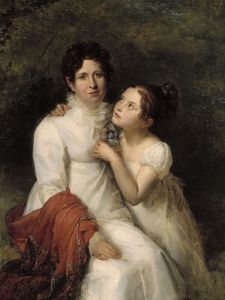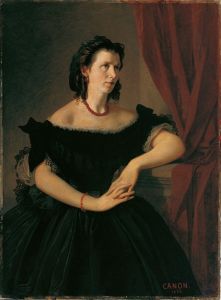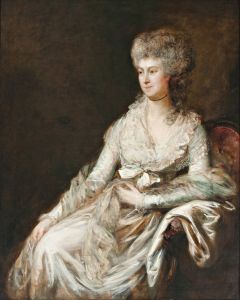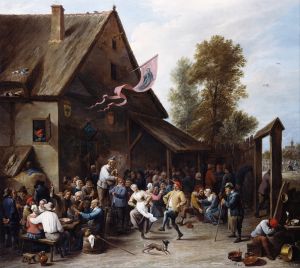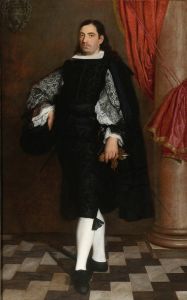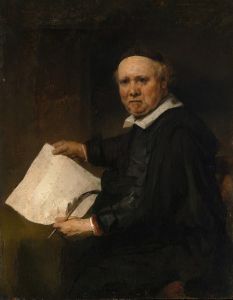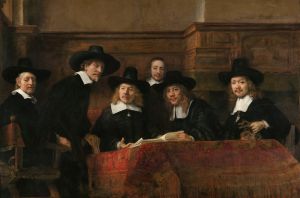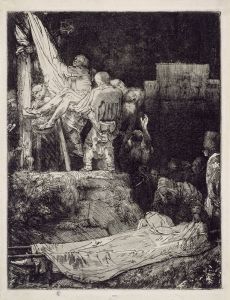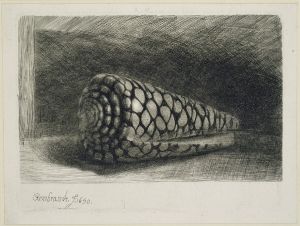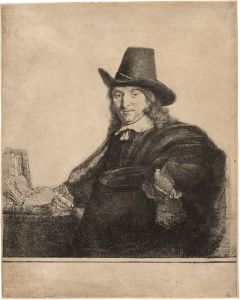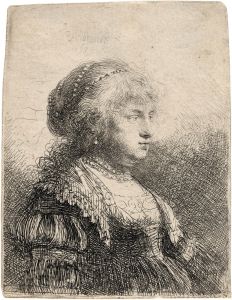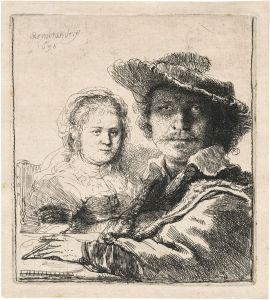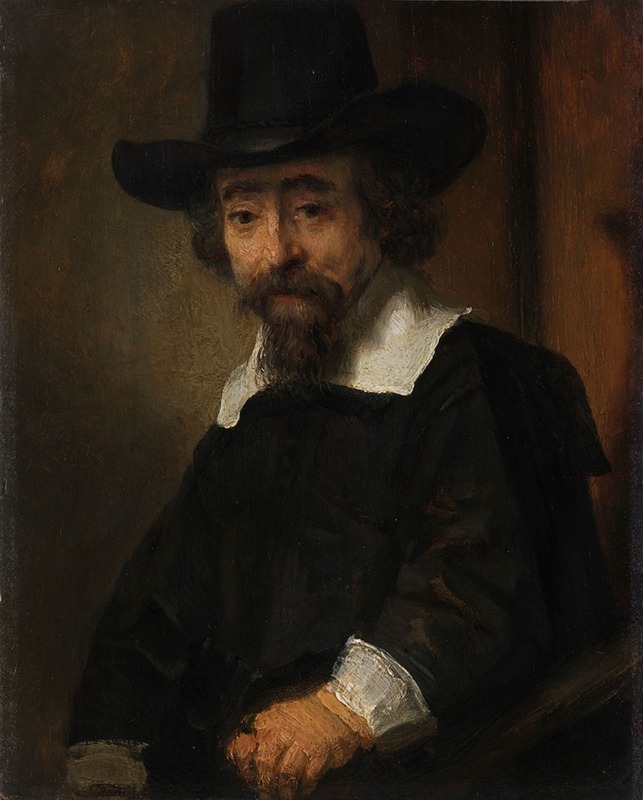
Portrait of Ephraim Bueno
A hand-painted replica of Rembrandt van Rijn’s masterpiece Portrait of Ephraim Bueno, meticulously crafted by professional artists to capture the true essence of the original. Each piece is created with museum-quality canvas and rare mineral pigments, carefully painted by experienced artists with delicate brushstrokes and rich, layered colors to perfectly recreate the texture of the original artwork. Unlike machine-printed reproductions, this hand-painted version brings the painting to life, infused with the artist’s emotions and skill in every stroke. Whether for personal collection or home decoration, it instantly elevates the artistic atmosphere of any space.
The "Portrait of Ephraim Bueno" is a painting by the renowned Dutch artist Rembrandt van Rijn, created in 1647. This artwork is a testament to Rembrandt's exceptional skill in portraiture, capturing the essence and character of his subjects with remarkable depth and sensitivity. The painting depicts Ephraim Bueno, a prominent Jewish physician and writer in Amsterdam during the 17th century.
Ephraim Bueno was born in 1599 in Portugal to a family of conversos, Jews who had been forced to convert to Christianity. To escape the Inquisition, his family moved to Amsterdam, where they could openly practice Judaism. Bueno became a respected physician and was also known for his literary contributions, including poetry and translations. His prominence in the Jewish community and his connections with intellectual circles in Amsterdam likely led to his acquaintance with Rembrandt.
Rembrandt's portrait of Bueno is an oil painting that exemplifies the artist's mastery of light and shadow, a technique known as chiaroscuro. This method allows Rembrandt to create a dramatic contrast that highlights the features and expressions of the subject, giving the portrait a lifelike quality. In the painting, Bueno is depicted with a thoughtful expression, his gaze directed slightly away from the viewer, suggesting introspection and depth of character. The use of light accentuates the textures of his clothing and the contours of his face, showcasing Rembrandt's attention to detail and his ability to convey the personality of his subjects.
The portrait is also notable for its historical context, as it reflects the diverse and multicultural society of Amsterdam in the 17th century. During this time, the city was a hub of trade, culture, and intellectual exchange, attracting people from various backgrounds, including many Jewish families seeking refuge from persecution elsewhere in Europe. Rembrandt's work often included subjects from different walks of life, and his portrait of Ephraim Bueno is a significant example of his engagement with the Jewish community in Amsterdam.
The painting is part of the collection of the Rijksmuseum in Amsterdam, where it is appreciated not only for its artistic merit but also for its cultural and historical significance. It provides insight into the life of a notable figure in the Jewish community and highlights the interconnectedness of different cultural groups in Amsterdam during the Dutch Golden Age.
Rembrandt's "Portrait of Ephraim Bueno" remains an important work for both art historians and those interested in the history of Jewish life in Europe. It exemplifies Rembrandt's ability to transcend mere representation, capturing the inner life and dignity of his subjects, and continues to be celebrated as a masterpiece of portraiture.





